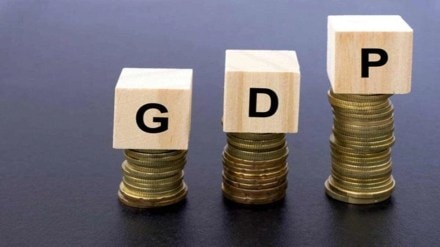As household savings are increasingly moving away from the traditional preference for bank deposits and physical assets such as real estate and gold towards investments in financial assets, the assets of the managed investments industry are likely to double to Rs 315 trillion, or 74% of GDP by 2027, from Rs 135 trillion, or 57% of GDP as of March this year, rating agency Crisil forecasts. In fact, just five fiscals ago, the industry’s assets totted up to 41% of GDP.
Household savings comprise over two-thirds of India’s total gross savings in recent years, except for FY21 —the pandemic year —when this proportion shot up to 78.5% touching Rs 43.9 lakh crore. Rising middle-class disposable income, directed efforts at financial inclusion, digitalisation and ease of investing in mutual funds and stocks and government incentives have helped to channel savings to the industry. Moreover, with rising inflation, households are seeking higher returns than what fixed deposits can offer.
Also Read: ADB keeps India’s GDP growth unchanged at 7 per cent
The study shows life insurance accounts for the biggest chunk of the total managed investments industry, with over Rs 53 trillion of assets under management (AUM) as of last fiscal, amounting to 39% of the total industry assets followed by mutual funds, with over Rs 38 trillion in AUM, or 28.4% of industry assets. The AUM of the National Pension System (NPS) rose to Rs 7.36 trillion in FY22, clocking 33.7% compounded annual growth rate over five years. Investments in provident fund (PF) grew to Rs 25 trillion at the end of March 2022 from Rs 12 trillion at the end of March 2017. Increasing formalisation will boost NPS and PF numbers further. Though all these investments account for only 10% of households’ gross financial savings, they have gained from a big shift out of bank deposits.
Also Read: CAD seeing swelling to a 37-quarter high of 4.4 pc of GDP in Q2
Over the past decade, there has also been a sharp rise in investments into big-ticket capital market instruments such as alternative investment funds and portfolio management services, which require minimum investment of Rs 1 crore and Rs 50 lakh, respectively.
Financialisation of assets and its increasing flow into the managed investments industry in recent years have been backed by buoyant debt and equity markets on the back of excessive liquidity. So, any prolonged disruption in the financial markets or liquidity conditions can impact investor experience.
